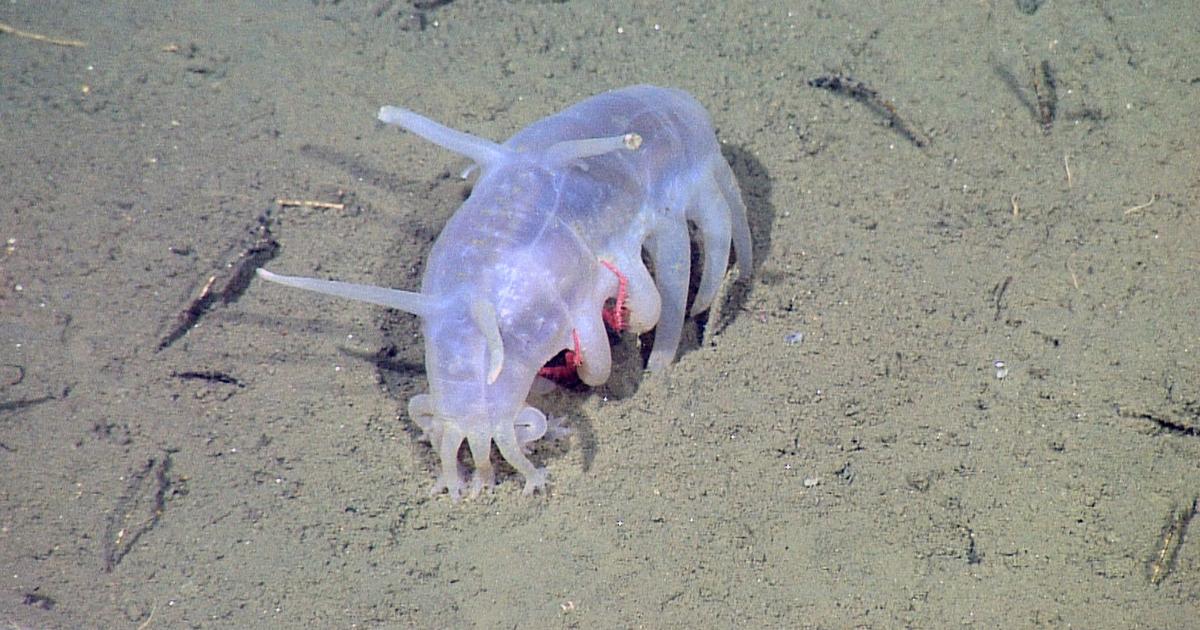Enlarge image
Sun rays penetrate the water - but oxygen is also generated in the dark deep sea
Photo: Dudarev Mikhail / iStockphoto / Getty Images
In the deep, dark waters of the oceans, there is more going on than expected.
Even the oxygen, which is important for life on earth, which is mainly produced by plants, algae and cyanobacteria through photosynthesis with the help of light, is produced where no rays of sunlight can hit.
Some microorganisms were already known to be able to generate oxygen themselves. But these were only found in small numbers and in exceptional habitats. The unicellular Nitrosopumilus maritimus, which belongs to the ammonia-oxidizing archaea, is completely different: These are practically omnipresent in the sea. A team led by microbiologist Beate Kraft from the University of Southern Denmark in Odense tested the microbes in the laboratory and found amazing properties. Their results have now been published in the journal "Science". Researchers from the University of Oldenburg and the Leipzig Helmholtz Center for Environmental Research were also involved.
“These guys are really in abundance in the ocean,” Kraft said, according to a press release from the Danish university.
According to her co-author Don Canfield, every fifth cell in a bucket of seawater is one of these archaea.
They play an important role in the earth's nitrogen cycle: they convert ammonia into nitrite and thus help break down biomass.
For that they need oxygen.
“That is why it has long been a mystery why they are abundant in water where there is no oxygen,” says microbiologist Kraft.
In a few minutes, used oxygen was back
Is it a kind of sleeper cells that float through the water without any function?
To clarify the question, Kraft and her colleagues checked the archaea in the tank.
The surprising result: "We saw how they used up all the oxygen in the water, and then within a few minutes the oxygen concentration increased again," reported Canfield.
Apparently, the microbes themselves generate the oxygen they need when they switch to oxygen-poor water, such as in the deep sea.
It is not much, at least not enough, to contribute to the supply of oxygen to the atmosphere.
The Archaeans produced for their own use.
Tiny amounts that went beyond that would be immediately consumed by neighboring organisms and therefore never leave the ocean, explained Beate Kraft.
Nevertheless, she ascribes an important role for the environment to the special ability of Nitrosopumilus maritimus.
Because the production of oxygen in the process that has now been discovered is linked to the production of gaseous nitrogen.
This removes bioavailable nitrogen from the environment.
"If this way of life is widespread in the oceans, we have to rethink our current understanding of the nitrogen cycle in the ocean," says Beate Kraft.
Now she wants to test the phenomenon discovered in the laboratory in nature in low-oxygen waters.
Samples have already been collected in the Danish Mariagerfjord.
It continues off the coasts of Mexico and Costa Rica.
ak













